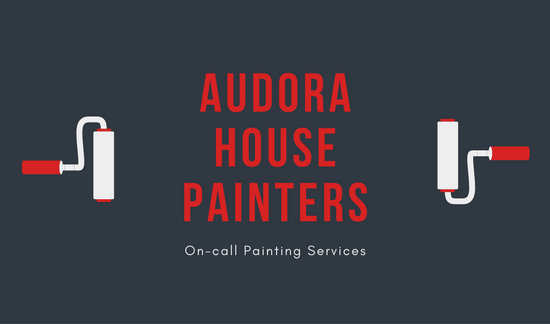Discover How Seasonal Impacts Can Affect The Efficiency Of Business Exterior Paint And Find Out The Most Desirable Times To Make Certain Sturdy Outcomes For Your Task
Discover How Seasonal Impacts Can Affect The Efficiency Of Business Exterior Paint And Find Out The Most Desirable Times To Make Certain Sturdy Outcomes For Your Task
Blog Article
Produced By- https://augustlgpvc.blogoscience.com/41480760/10-justifications-for-using-an-expert-paint-company
When you're planning an industrial outside painting project, seasonal variables can make or damage your results. You'll wish to think about just how temperature and humidity influence paint application and drying out times. Picking the appropriate season can guarantee your paint sticks properly and lasts longer. However which seasons are absolutely the best for this sort of job? Let's discover the crucial elements that can impact your job's success.
The Influence of Temperature Level on Paint Application
When you're planning an industrial exterior paint project, the temperature can significantly affect how well the paint sticks and dries.
Preferably, you want to repaint when temperature levels range between 50 ° F and 85 ° F. If it's also chilly, the paint may not heal correctly, bring about issues like peeling off or breaking.
On the other side, if it's too warm, the paint can dry as well quickly, stopping correct adhesion and resulting in an unequal coating.
You need to also consider the moment of day; early morning or late afternoon supplies cooler temperature levels, which can be extra positive.
Always check https://www.marketplace.org/2023/02/02/american-gothic-made-this-small-town-iowa-house-a-destination/ for the particular paint you're using, as they frequently supply support on the optimal temperature level range for optimum outcomes.
Moisture and Its Impact on Drying Times
Temperature level isn't the only environmental element that influences your commercial exterior painting task; humidity plays a substantial function also. High humidity levels can reduce drying times substantially, influencing the total quality of your paint work.
When the air is saturated with dampness, the paint takes longer to treat, which can bring about concerns like poor attachment and a higher threat of mildew growth. If you're painting on a specifically damp day, be planned for extended delay times in between layers.
It's critical to check regional weather and plan accordingly. Preferably, go for humidity degrees between 40% and 70% for optimum drying.
Maintaining these factors in mind ensures your project remains on track and delivers a long-term surface.
Best Seasons for Commercial Exterior Painting Projects
What's the best season for your commercial exterior paint tasks?
Springtime and early loss are commonly your best bets. Throughout these seasons, temperature levels are moderate, and humidity levels are frequently reduced, creating perfect conditions for paint application and drying.
Stay clear of summer's intense heat, which can cause paint to completely dry also rapidly, causing poor adhesion and surface. In a similar way, winter season's chilly temperatures can impede proper drying out and treating, running the risk of the durability of your paint work.
Go for days with temperature levels in between 50 ° F and 85 ° F for optimal results. Keep in how much does a painting job cost to examine the local weather report for rain, as damp problems can spoil your task.
Planning around these factors ensures your painting project runs smoothly and lasts longer.
Conclusion
To conclude, intending your business outside paint jobs around seasonal factors to consider can make a significant difference in the result. By organizing work during the optimal temperatures and moisture degrees, you'll ensure better bond and drying out times. Remember to keep an eye on regional weather prediction and select the correct time of year-- spring and very early loss are your best choices. Taking these actions will help you attain a resilient and specialist coating that lasts.
